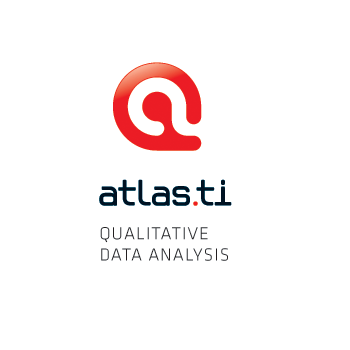

970) advises, “Artificial intelligence (AI) is a potentially transformative force that is likely to change the role of management and organizational practices”. Literature review Automated decision-making properties of artificial intelligence The contribution of the current paper is revealing the perceptions and fears around AI adoption and how organisations could manage these perceptions and mitigate the risks associated with AI adoption. While large language models like Chat Generative Pre-training Transformer are currently disrupting education, consumer advice and internet searches, experts are pointing out the dangers of inaccurate information in plausible convincing answers ( Pierani and Bruggeman, 2023).Īlthough some studies ( Parry et al., 2016) have been done on the benefits and concerns of using AI in an organisational context, limited research has been conducted on which barriers affect adoption of AI in the organisation specifically for decision-making. Shneiderman’s (2020) definition includes automated/autonomous systems using technologies such as machine learning, neural nets, statistical methods, recommenders, adaptive systems, and speech, facial, image and pattern recognition.
#Atlas ti software#
However, there are barriers associated with AI adoption, which require more research ( Moser et al., 2021), and this paper’s objective is to investigate these barriers associated with AI adoption.ĪI broadly describes a field of computer science dedicated to creating software or machines that exhibit or mimic intelligence or intelligent behaviour ( Leopold et al., 2016). Organisational decision-making that requires highly cognitive skills and traditionally performed by knowledge workers can be automated ( Chong et al., 2022). 63) note that “It is normally referred to as the ability of a machine to learn from experience, adjust to new inputs and perform human-like tasks”. While there is no commonly accepted definition of artificial intelligence (AI), Duana et al.

#Atlas ti full#
The full terms of this licence may be seen at Anyone may reproduce, distribute, translate and create derivative works of this article (for both commercial & non-commercial purposes), subject to full attribution to the original publication and authors. This article is published under the Creative Commons Attribution (CC BY 4.0) licence. Copyright © 2023, Dawid Booyse and Caren Brenda Scheepers.


 0 kommentar(er)
0 kommentar(er)
